While the national logistics cost is about 16.5%, this figure in the Mekong Delta can be double, from 30-40%.
Accounting for 12% of the national GDP, the Mekong Delta is an agricultural and aquatic product granary and contributes greatly to agricultural exports, but its products are losing competitiveness significantly due to logistics costs.
"The reality of the region is that logistics costs are currently very high, accounting for up to 30% of the cost price," said Mr. Le Quang Trung, Chairman of Can Tho Port and Vice Chairman of the Vietnam Logistics Services Association (VLA), at the "Vietnam Logistics Forum 2023" organized by the Ministry of Industry and Trade and the Can Tho City People's Committee on December 2.
According to VLA data, the loss rate of agricultural and aquatic products in the region during transportation is 10%, storage in warehouses is 2% and processing is 2%. In total, post-harvest losses can range from 20-40% due to poor logistics infrastructure.

Mr. Le Quang Trung, Vice President of VLA, spoke at the Forum on the morning of December 2. Photo: Organizing Committee
Mr. Tran Viet Truong, Chairman of the People's Committee of Can Tho City, also confirmed that transportation costs account for 30-40% of product costs in the region. "This affects the competitiveness of services and goods in Can Tho in particular and the Mekong Delta in general," he commented.
According to the provincial logistics competitiveness index (LCI), only a few localities have high rankings such as Long An and Can Tho (ranked 9th), while the remaining localities with positive results are Kien Giang (ranked 16th), Tien Giang (ranked 19th) and An Giang (ranked 20th). The annual LCI results are an important basis for businesses to orient their business and investment.
There are a number of reasons why logistics costs in the West are currently so high , according to experts. "The challenges include high costs, limited road infrastructure, long-distance empty trucks, and limited ability to optimize costs for refrigerated cargo," said Jonathan R. Goldner, CEO of APM Terminals Asia and the Middle East.
The annual cargo volume of the Western region is nearly 140 million tons, 80% by road, but the entire region has only 171 km of highway. With dense rivers, in theory, up to 22,000 km out of a total length of 28,000 km can be exploited for waterway transport, but the current situation is very limited.
The region has 12 seaports and 32 wharfs, but they mainly handle bulk cargo. Only 6 wharfs are capable of handling containers, with 3 in Can Tho. "Cai Cui Port (Can Tho) has the most potential, the rest (85%) are small and fragmented. Dry ports for collecting goods are almost only at the planning stage," said Dr. Pham Hoai Chung, Deputy Director of the Institute of Transport Strategy and Development, Ministry of Transport.
Right in Can Tho, Mr. Tran Viet Truong said that the container shipping channel into the Hau River is not deep enough to accommodate large ships of 10,000-20,000 tons. The general situation in the whole region is that the river channel is shallow, the bridge clearance is low, so the barge tonnage that can move is only 1,500 tons to 3,500 tons. The West also does not have a regional maritime logistics center.
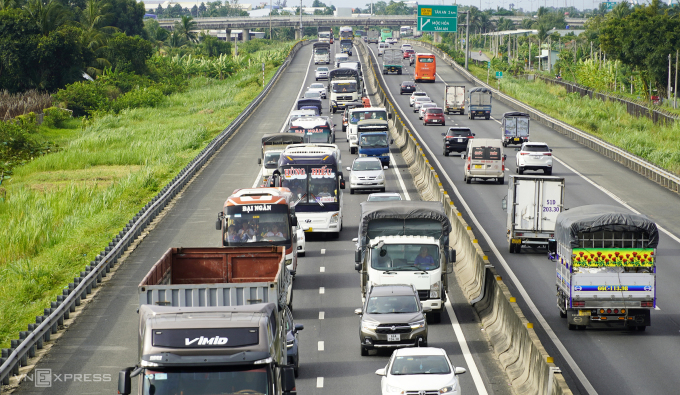
Ho Chi Minh City - Trung Luong Expressway in August 2022. Photo: Hoang Nam
The rickety roads and low-capacity waterways force 90% of goods from the West to be transported to the Southeast for export. "Only 10% of goods can be exported locally, this is the bottleneck," Mr. Chung pointed out.
This bottleneck partly explains the high cost of transportation. For example, transporting a container from Can Tho to Cai Mep - Thi Vai port by road costs about VND8.5-9 million, double the cost of waterways at VND4-5.5 million. "We must utilize waterways as much as possible," said Mr. Hai Anh.
However, Sowatco representative pointed out that the total import-export turnover of 13 provinces in the West in the period of 2019-2022 increased by about 22%, but the waterway output in the corresponding period decreased by about 20%. Apart from roads, the region has no railway. Another challenge is that the goods in the West are mainly agricultural products, but only Long An, Hau Giang, and Can Tho have cold storage. VLA predicts that the shortage of cold storage will become more serious.
Solving the logistics problem in the West is not lacking in policy frameworks, but the problem is implementation in practice, according to experts. As the leader of the West, Mr. Tran Viet Truong said that Can Tho plans to submit to the Government a city planning plan by the end of 2023, with a plan to establish at least 3 logistics development areas to serve the region.
Along with that, Can Tho Airport will be upgraded to a capacity of 7 million passengers and 250,000 tons of cargo per year. Continue to invest in 3 expressways passing through the locality, while waterways with 15 routes will be dredged regularly. The capital of the Western region will also build a general inland waterway port to collect goods to send to Ho Chi Minh City.
Regarding waterways, Dr. Le Quang Trung said that it is necessary to open more routes connecting with Cambodia and the Cai Mep - Thi Vai area to create great convenience for exporting seafood and agricultural products to Europe and the US.
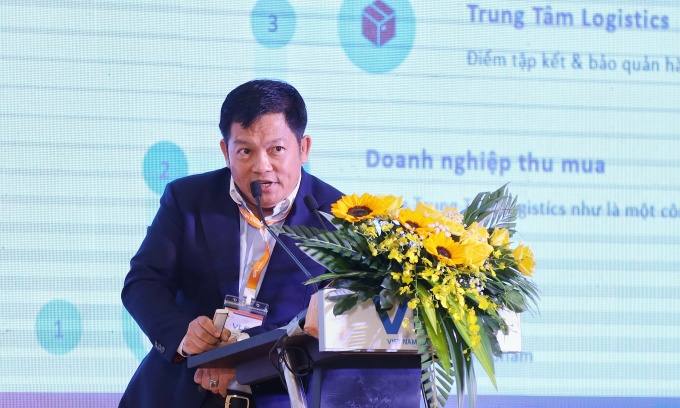
Mr. Pham Hai Anh, Deputy General Director of Sowatco, proposed a solution at the Forum on the afternoon of November 2. Photo: ITL
According to Mr. Pham Hai Anh of Sowatco, investing in large-scale logistics centers requires large capital. Therefore, a feasible solution for the West is to take advantage of barge transportation and invest in inland container depots (ICDs) with river wharfs for barge operations, with an area of about 10 hectares and an output of 200,000 TEUs per year.
These ICDs will focus on the most necessary basic systems, including specialized cold storage, X-ray machines, and depots for empty containers. According to Mr. Hai Anh, the region is characterized by a large amount of seafood, of which almost 90% must be imported as empty cold containers, so the ICDs need to have power outlets and specialized PTI systems for cold containers.
"Some locations in Can Tho and Hau Giang may be suitable for investment," he recommended. If implemented, he believes this model could reduce transportation costs for goods in the West by up to 50%.
In addition, experts call for improving capital, human resources, standards and application of information technology and green logistics. Mr. Bui Le Hai Nguyen, CEO of Information Technology, Dongtam Group, said that digital transformation will help improve efficiency, save costs, improve service quality, increase competitiveness and transparency in transportation.
Mr. Jonathan of APM Terminals recommends raising operational standards in the logistics industry soon. "Vietnam has many opportunities, we expect to cooperate with Vietnamese enterprises to develop greener logistics," he said.
Telecommunications
Source link



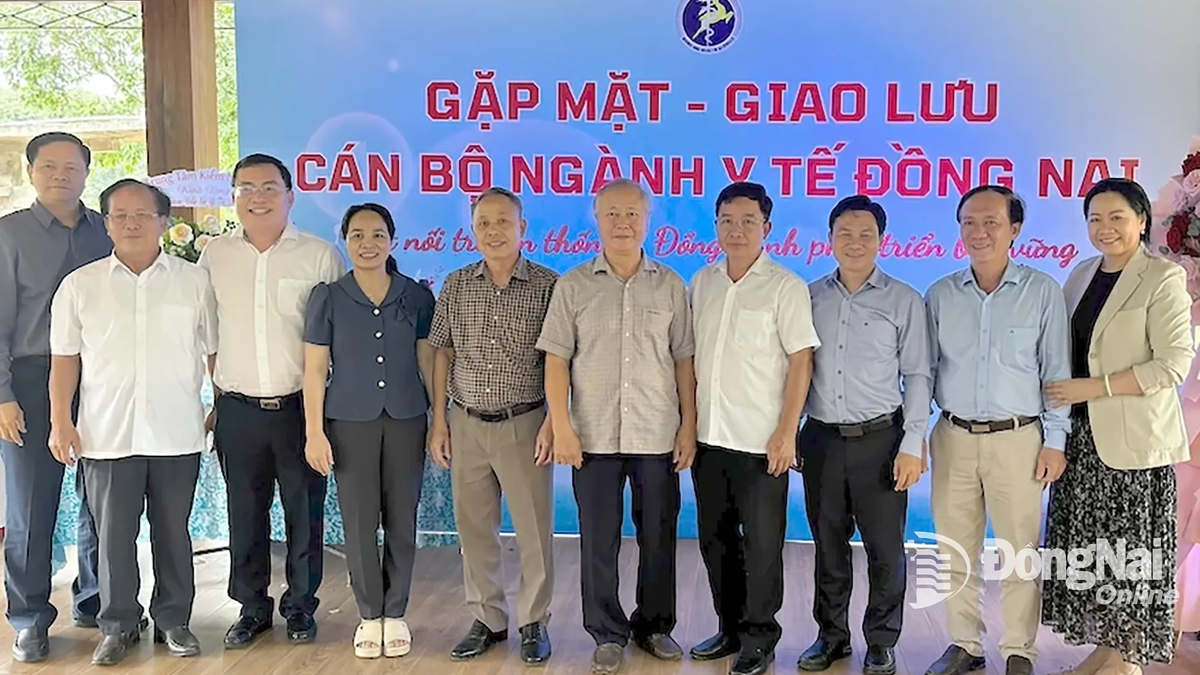

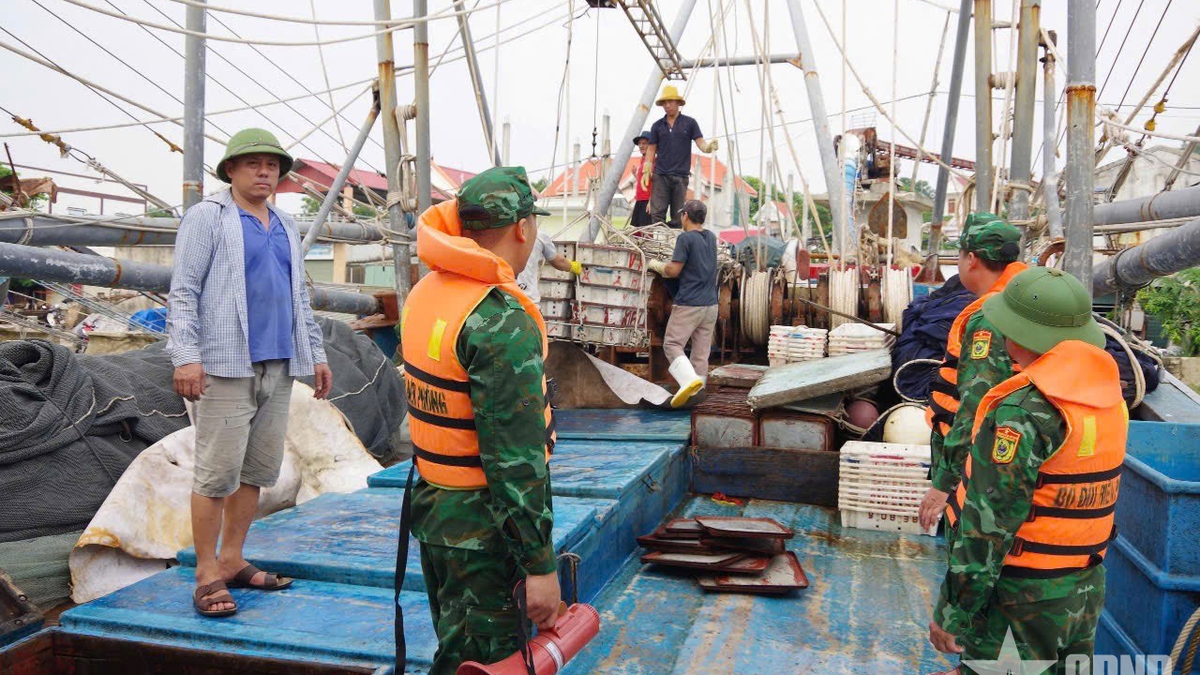

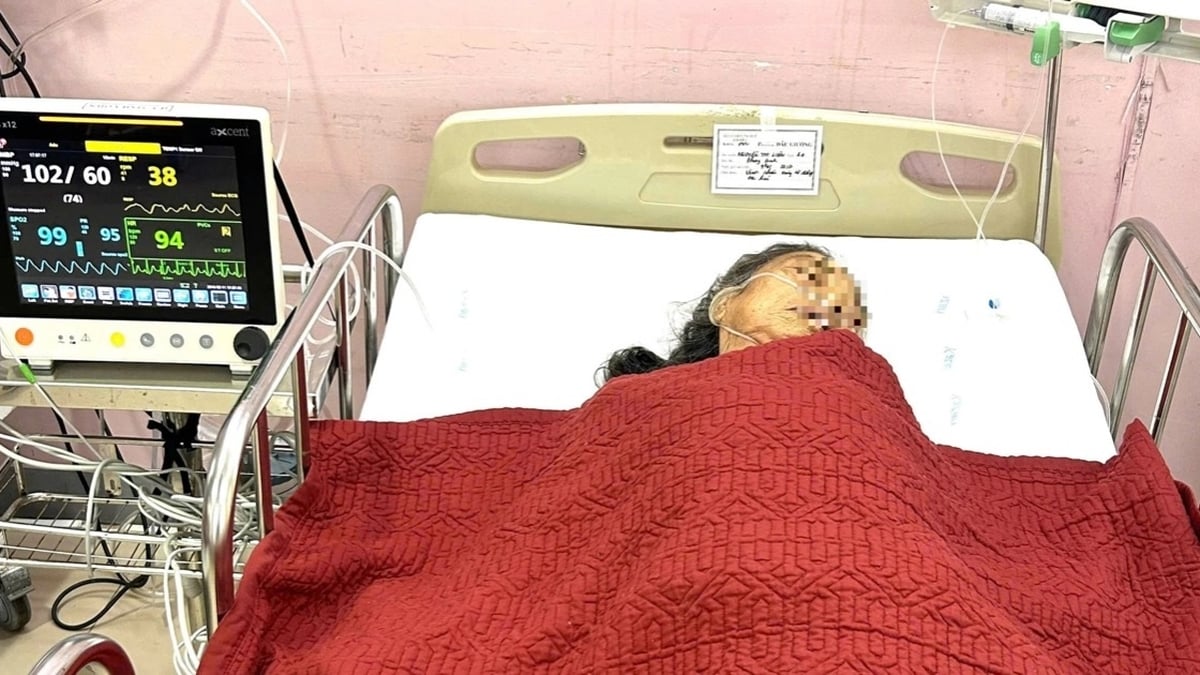
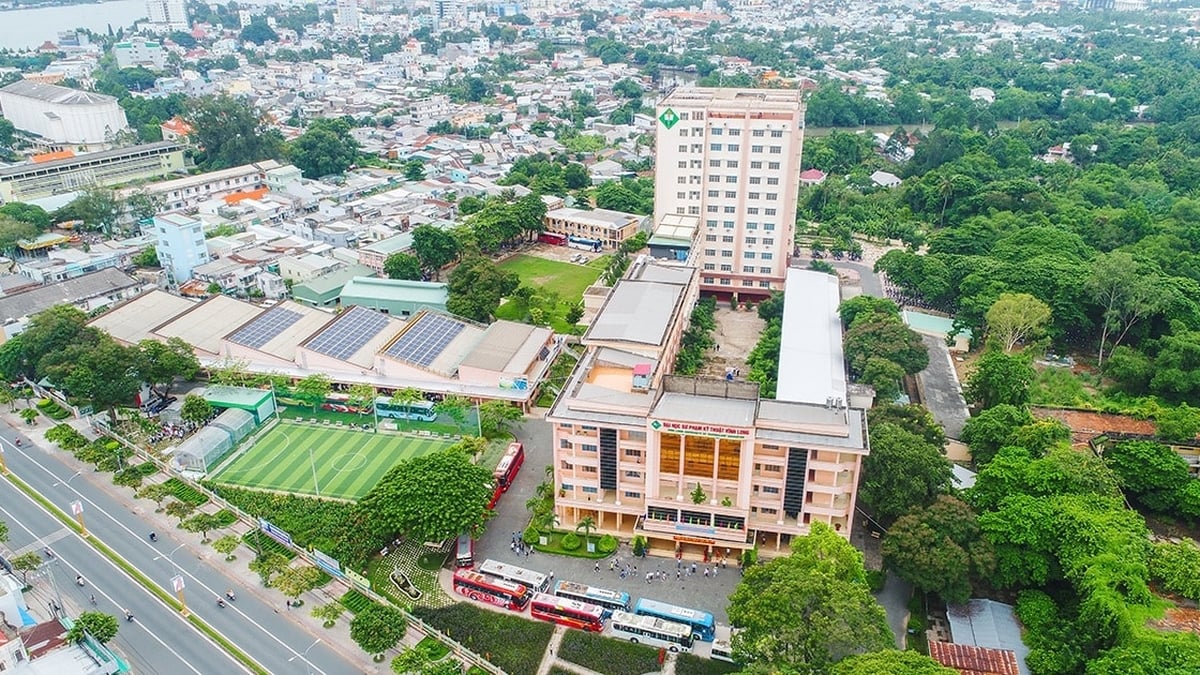
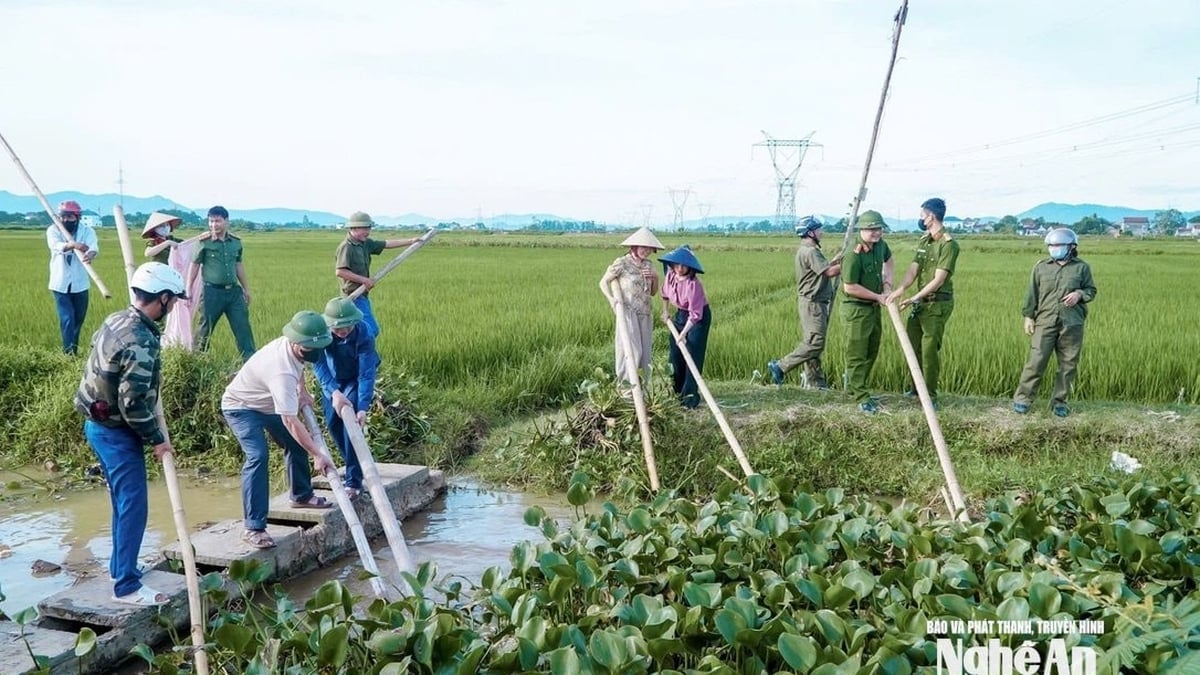
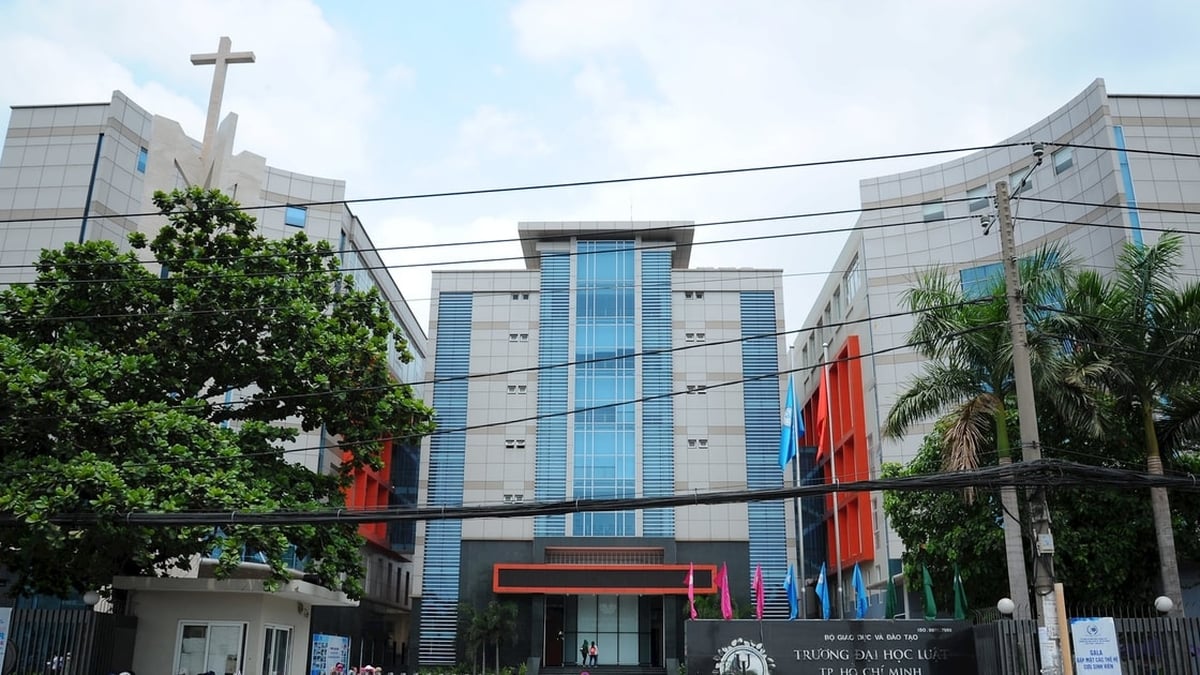













![[Photo] National Assembly Chairman Tran Thanh Man visits Vietnamese Heroic Mother Ta Thi Tran](https://vphoto.vietnam.vn/thumb/1200x675/vietnam/resource/IMAGE/2025/7/20/765c0bd057dd44ad83ab89fe0255b783)









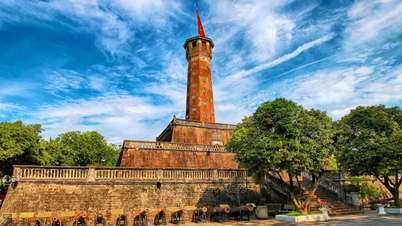


























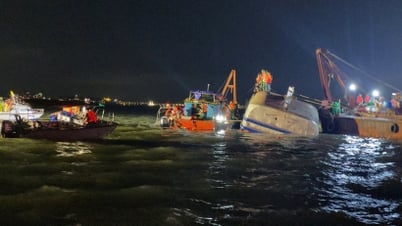


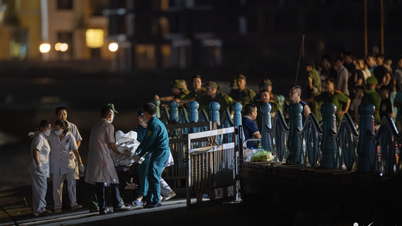

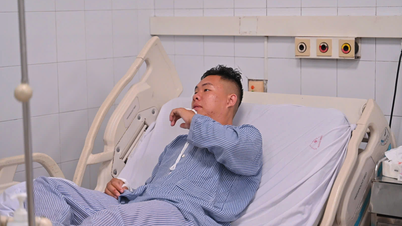





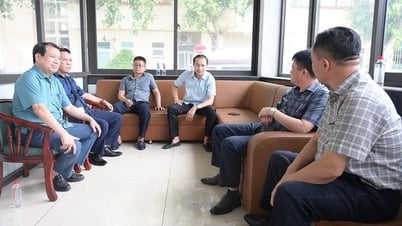






















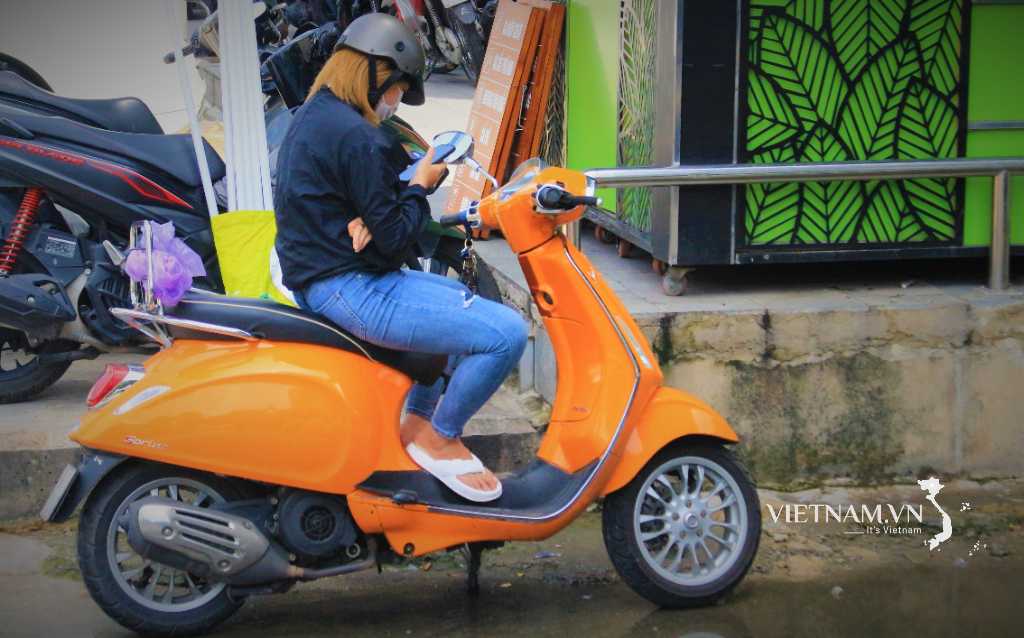



Comment (0)